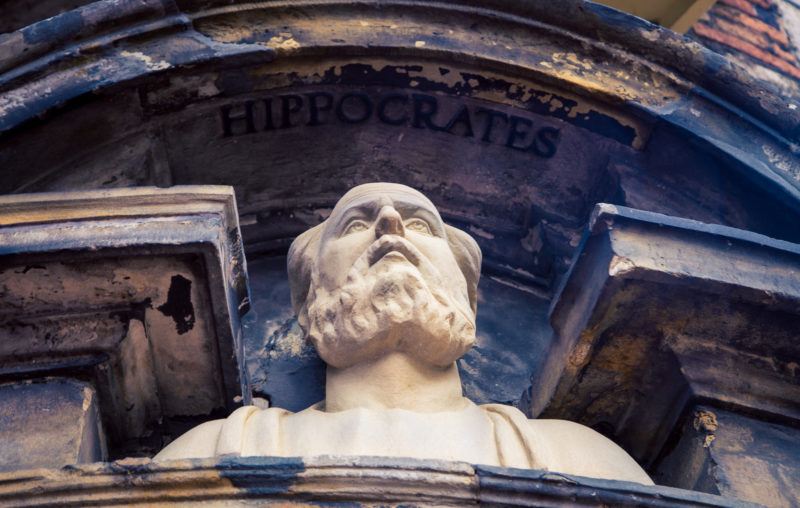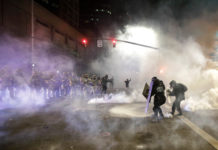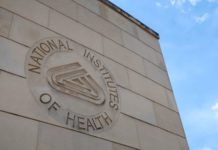In some states, the lockdown reopenings are being reversed. We are seeing a new round of state versus state blame-mongering and recriminations.
The new benchmark for normalcy to return is January 2021. Why that date? As with many benchmarks over these months, it’s completely made up.
We are supposed to believe that they know better than the rest of us, that government and not people and not medical professionals possess the essential knowledge we need.
As writer Bari Weiss commented in her July 14th New York Times resignation letter (albeit referring to the influence of hyper-woke Twitter intellectuals): “Truth isn’t a process of collective discovery [anymore], but an orthodoxy already known to an enlightened few whose job is to inform everyone else.”
Local knowledge, individual risk appetites, and personal responsibility are again being supplanted by the calculations and stratagems of technocrats.
All of which reminds me of Charles McKay’s Extraordinary Delusions and the Madness of Crowds. This book focuses on financial bubbles, and a particularly interesting portion of it discusses disease panics as exacerbated by the forecasting experts of the early modern period. They, like their modern day descendants, thrived in an era of top-down, deferred-to expertism; not armed with massive reams of data and analytical methods at their disposal, but the similarly arcane methods of scrying and divination.
McKay sets the stage: The Great Plague of Milan, 1629 to 1631. In the role that today would be occupied by the media, Hollywood, or another source of perceived wisdom, a prophecy passed down for generations held that
in the year 1630 the devil would poison all Milan. Early one morning in April, and before the pestilence had reached its height, the passengers were surprised to see that all the doors in the principal streets of the city were marked with a curious daub, or spot, as if a sponge, filled with the purulent matter of the plague-sores, had been pressed against them. The whole population were speedily in movement to remark the strange appearance, and the greatest alarm spread rapidly. Every means was taken to discover the perpetrators, but in vain. At last the ancient prophecy was remembered, and prayers were offered up in all the churches that the machinations of the Evil One might be defeated.
Added to the fear of the disease were worries that a foreign government was at work, actively spreading the sickness.
Many persons were of opinion that the emissaries of foreign powers were employed to spread infectious poison over the city; but by far the greater number were convinced that the powers of hell had conspired against them, and that the infection was spread by supernatural agencies. In the meantime the plague increased fearfully.
In a passage that reminds of early COVID-19 fears, long since dispelled:
Distrust and alarm took possession of every mind. Everything was believed to have been poisoned by the devil; the waters of the wells, the standing corn in the fields, and the fruit upon the trees. It was believed that all objects of touch were poisoned; the walls of the houses, the pavement of the streets, and the very handles of the doors. The populace were raised to a pitch of ungovernable fury.
“Snitch” policies directly reminiscent of present-day measures followed.
A strict watch was kept for the devil’s emissaries, and any man who wanted to be rid of an enemy, had only to say that he had seen him besmearing a door with ointment; his fate was certain death at the hands of the mob.
Peter C. Earle – American Institute for Economic Research – July 18, 2020.




